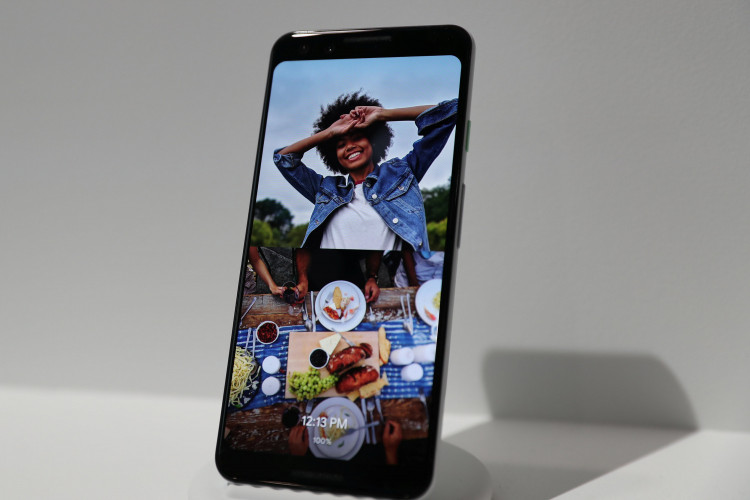Yesterday it was revealed that the Google Pixel 4 XL Geekbench 5 results were fake. Mishaal Rahman of the site XDA Developers admitted to faking the "benchmark leaks" to remind people not to believe in these so-called leaks.
Tech websites have since updated their reports in a bid to inform readers that the benchmark leak was fake. Most of the articles are still up, but many have expressed their disappointment over Rahman's article, including Venture Beat's Jeremy Horwitz.
Rahman's article implied that the Pixel 4 XL 5G appears to have the same chipset as the standard Pixel 4, which is the Qualcomm Snapdragon 855. The two handsets appeared to have nearly similar single-core and multi-core benchmarks: 761 (5G) versus 751 (4G) single-core, and 2326 (5G) versus 2337 (4G), minor variations that are likely due solely to the tiny number of public test results, not actual differences between the chips.
Earlier, when four Google devices hit the FCC, tech journalists assumed that Google had asked for a band of 5G connectivity. But it turned out that the search giant's Project Soli also works on the same mmWave wireless technology. As for Soli, this is a sensing technology that will allow users to get things done without physically touching the display.
Meanwhile, The Verge has obtained numerous photos seemingly showing the Google Pixel 4 XL, sent by D Store Mobile (a Vietnam-based phone shop).
Someone sent us 21 more pictures of the leaked Pixel 4 XL https://t.co/jlyVkNmwAW pic.twitter.com/aQmV80hlTh — The Verge (@verge) September 14, 2019
The images are purportedly a test model for the actual unit, but they don't really reveal anything new. However, the pictures gave us a good look of a white handset and it comes with a square camera block too, just like the new iPhone 11.
The images also included the phone's specs, such a dual-lens front-facing camera with 8.1MP and 0.3MP lenses and a main camera of 12.2MP f/1.73. The Pixel 4 is also believed to come with a 3,700mAh battery, a Snapdragon 855 chipset, Android 10, 6GB of RAM, a 90Hz refresh rate, and a 1440 x 3040 screen.
As for Rahman, he hopes he gets his message across.
"Every time I think about doing something like this, I hope that it doesn't spread as widely as it does, but I always end up being wrong about that," wrote Rahman in an article dated Sept. 16.
"I do feel bad for spreading this fake news, because I don't like intentionally creating a hard time for the Pixel marketing and PR team who have to deal with this nonsense."




